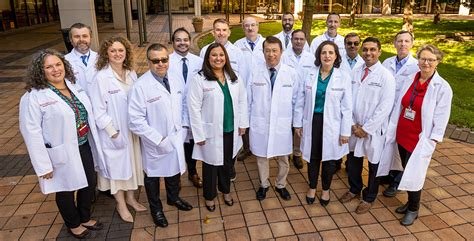Are you exploring the realm of medical education and seeking a comprehensive understanding of Rutgers University Medical School? This article delves into the complexities of Rutgers University Medical School, offering a multifaceted guide to its history, academic programs, research initiatives, clinical care, and more. We’ll tackle key questions, examining the challenges and opportunities that shape this prestigious institution. Join us as we unravel the intricacies of one of the nation’s leading medical schools and discover why it continues to attract aspiring physicians.
History and Overview of Rutgers University Medical School
Established in 1965, Rutgers University Medical School is a renowned institution for medical education and healthcare advancement. Located in New Brunswick, New Jersey, the school’s origins can be traced to the Rutgers College Charter of 1766, which included provisions for a medical faculty. However, it was not until the mid-20th century that the vision of a full-fledged medical school within Rutgers University came to fruition.
With its inaugural class of 57 students in 1966, Rutgers Medical School embarked on a transformative journey. Over the decades, the school has witnessed significant growth and expansion, establishing itself as a preeminent center for medical education, research, and patient care. Today, it is consistently ranked among the top medical schools in the nation, attracting aspiring healthcare professionals from across the country and beyond.
The school’s mission is to educate and train future physicians who are compassionate, scientifically grounded, and committed to improving the health of their communities. Rutgers Medical School embraces a holistic approach to medical education, fostering a supportive and inclusive environment that empowers students to thrive both academically and personally.




